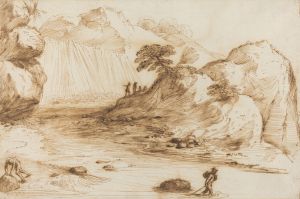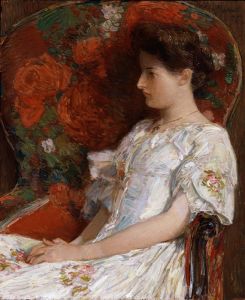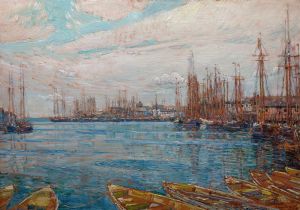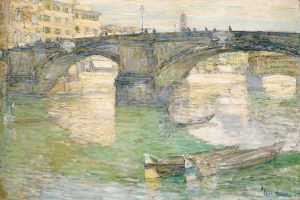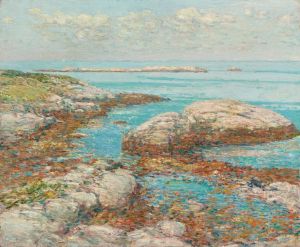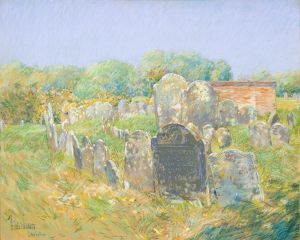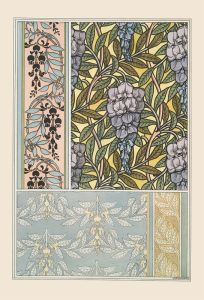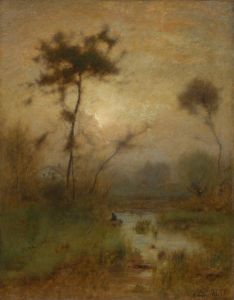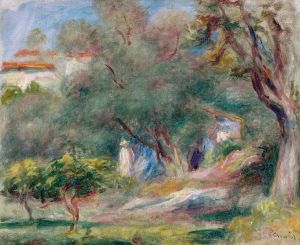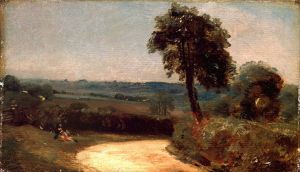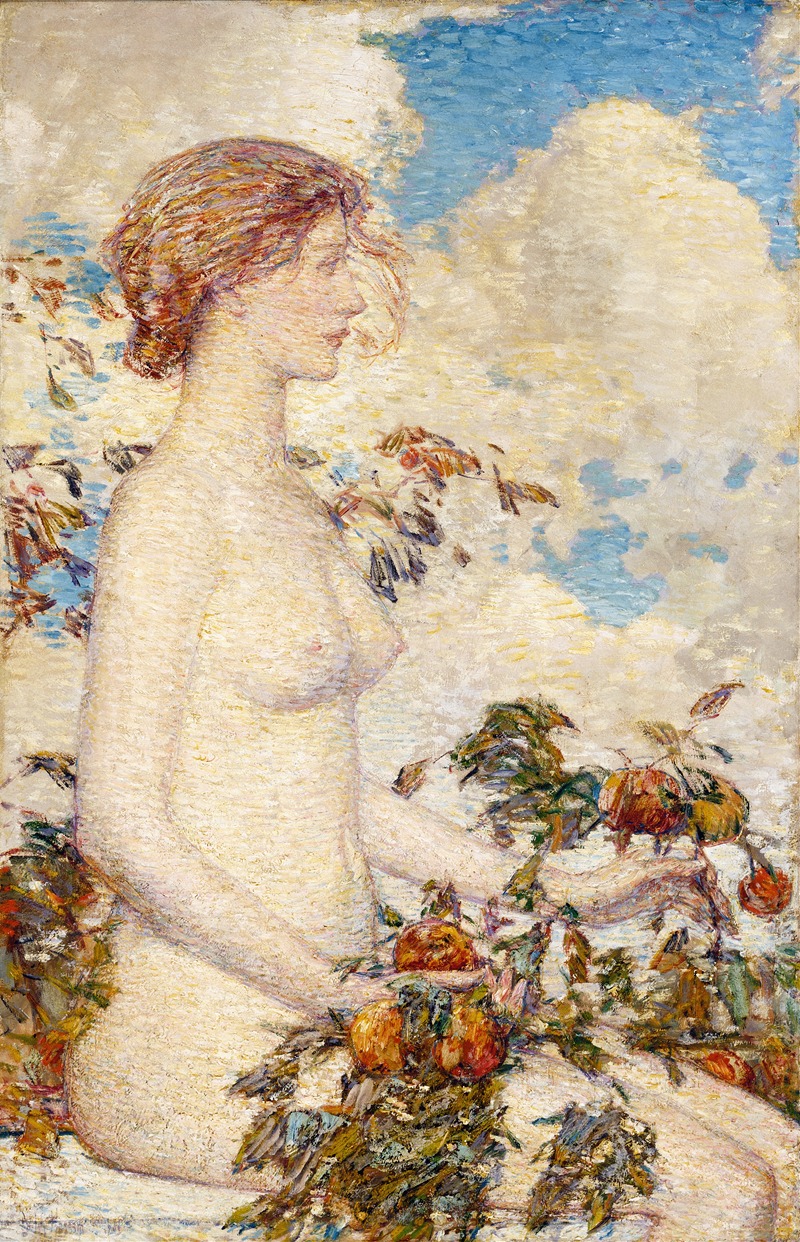
Pomona
A hand-painted replica of Childe Hassam’s masterpiece Pomona, meticulously crafted by professional artists to capture the true essence of the original. Each piece is created with museum-quality canvas and rare mineral pigments, carefully painted by experienced artists with delicate brushstrokes and rich, layered colors to perfectly recreate the texture of the original artwork. Unlike machine-printed reproductions, this hand-painted version brings the painting to life, infused with the artist’s emotions and skill in every stroke. Whether for personal collection or home decoration, it instantly elevates the artistic atmosphere of any space.
"Pomona" is a painting by the American Impressionist artist Childe Hassam, created in 1900. Childe Hassam, born Frederick Childe Hassam on October 17, 1859, in Dorchester, Massachusetts, was a prominent figure in the American Impressionist movement. He is best known for his urban and coastal scenes, capturing the essence of American life in the late 19th and early 20th centuries.
The painting "Pomona" depicts the Roman goddess of fruit and abundance, a subject that reflects Hassam's interest in classical themes and his ability to blend them with contemporary American life. The work is characterized by Hassam's signature Impressionist style, which includes loose brushwork, vibrant colors, and an emphasis on light and atmosphere. This style was influenced by his time in France, where he was exposed to the works of French Impressionists such as Claude Monet and Pierre-Auguste Renoir.
In "Pomona," Hassam employs a rich palette to bring the goddess to life, surrounded by an abundance of fruits and foliage. The painting showcases his skill in rendering textures and details, from the softness of the fabric to the lushness of the natural elements. The composition is balanced and harmonious, reflecting the tranquility and prosperity associated with the goddess Pomona.
Hassam's choice of subject matter in "Pomona" is indicative of his broader artistic interests. Throughout his career, he often explored themes of nature, beauty, and mythology, integrating them into the American context. This painting is a testament to his ability to merge classical motifs with modern sensibilities, creating works that resonate with both historical and contemporary audiences.
"Pomona" is part of Hassam's broader body of work that includes over 3,000 paintings, watercolors, etchings, and lithographs. His contributions to American art were significant, and he played a crucial role in popularizing Impressionism in the United States. Hassam was a founding member of the Ten American Painters, a group of artists who broke away from the more conservative American art institutions to promote Impressionism.
The painting is housed in a private collection, and as such, it is not as widely accessible as some of Hassam's other works that are held in major museums. However, it remains an important piece within his oeuvre, exemplifying his mastery of color, light, and form.
Childe Hassam continued to paint and exhibit his work until his death on August 27, 1935. His legacy endures through his contributions to American Impressionism and his influence on subsequent generations of artists. "Pomona" stands as a representation of his artistic vision, blending classical themes with the vibrant energy of the Impressionist movement.





